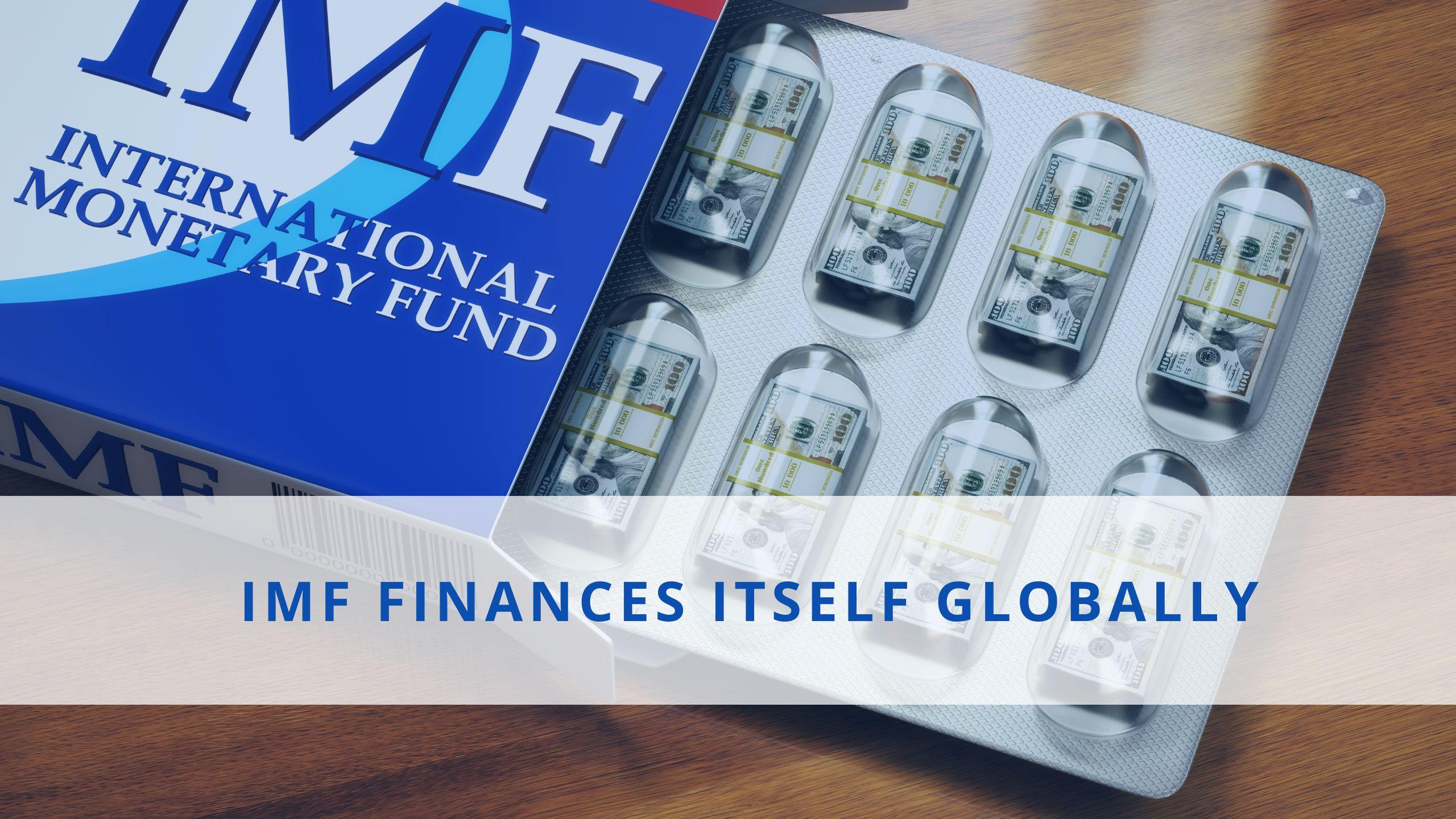Global Sources Behind IMF Finances and Their Economic Impact

The International Monetary Fund (IMF) is a cornerstone of the global financial system, yet understanding the mechanics of its funding remains essential for policymakers and businesses alike. IMF Finances are derived from a combination of member contributions, reserve assets, borrowing arrangements, and income-generating activities. These funding sources enable the IMF to lend to countries in financial distress, provide technical assistance, and maintain overall global economic stability.
Member Quotas: The Core of IMF Funding
At the foundation of IMF Finances lies the quota system. Each member country commits a financial contribution based on its economic size and global influence. Quotas determine not only financial obligations but also voting power within the IMF. Countries with larger economies, such as the United States, Germany, and China, contribute more and, therefore, hold more influence. Quotas are periodically reviewed to reflect changes in the global economy, ensuring that IMF Finances remain fair and aligned with current economic realities.
Reserve Assets and Their Function
A significant part of IMF Finances comes from reserve assets contributed by member nations. These include major international currencies such as the U.S. dollar, euro, Japanese yen, pound sterling, and Chinese yuan. Reserve assets provide liquidity, enabling the IMF to respond quickly to financial emergencies. Additionally, the IMF issues Special Drawing Rights (SDRs), a synthetic international reserve asset that supplements the reserves of member countries. SDRs provide a flexible and cost-effective tool for supporting liquidity during economic crises.
Historical Importance of Gold in IMF Finances
Gold has historically been a critical component of IMF Finances. When the IMF was established in 1944, member countries contributed a portion of their quotas in gold. Although gold is no longer the primary resource, it still represents a significant reserve. The IMF has used gold strategically for generating income and funding concessional lending programs to assist low-income nations. This historical reliance on gold underscores the institution’s evolution toward diversified financial instruments.
Borrowing Arrangements to Strengthen Resources
IMF Finances are further bolstered through borrowing arrangements. The New Arrangements to Borrow (NAB) and General Arrangements to Borrow (GAB) are frameworks through which the IMF can access additional resources beyond quotas. These arrangements ensure the IMF can scale its lending capacity during global crises. Bilateral borrowing agreements with member countries also contribute to a flexible financial structure, allowing IMF Finances to respond to unexpected economic shocks.
Lending Mechanisms for Member Nations
The ultimate purpose of IMF Finances is to support member countries facing balance of payment problems. Lending programs include Stand-By Arrangements (SBAs), Extended Fund Facility (EFF), and concessional facilities for low-income countries. Each program is tailored to the recipient nation’s needs and includes policy conditions to encourage reforms. This approach ensures that IMF funding not only provides short-term relief but also contributes to sustainable economic recovery.
Income Generation and Operational Sustainability
IMF Finances are supplemented by various income streams. Interest on loans, service charges, and investment income provide a consistent revenue base for the institution. Additionally, the IMF may use proceeds from gold sales to fund concessional lending programs. These diversified income sources ensure that the IMF remains financially sustainable while continuing to provide assistance to member nations worldwide.
The Strategic Role of Special Drawing Rights (SDRs)
SDRs are a key element of IMF Finances, acting as both a reserve asset and a unit of account. Allocated based on member quotas, SDRs provide additional liquidity and stability to countries in need. Nations can exchange SDRs for freely usable currencies through voluntary arrangements, giving them immediate access to hard currency reserves. During crises, SDR allocations have proven essential in maintaining global liquidity and supporting developing economies.
Transparency and Accountability in Financial Operations
IMF Finances operate under strict principles of transparency and accountability. The institution publishes detailed financial statements and reports, ensuring that member nations and the public can monitor how funds are managed. Independent audits and evaluations enhance oversight, reinforcing the credibility of IMF operations. These safeguards are essential for maintaining trust and ensuring that IMF resources are deployed effectively and responsibly.
IMF Finances and Global Economic Stability
The impact of IMF Finances extends far beyond individual member countries. By pooling financial resources from 190+ member nations, the IMF ensures that liquidity and support are available during economic crises. Its funding mechanisms enable rapid intervention in currency crises, financial instability, and structural economic challenges. IMF Finances are therefore integral to maintaining global economic stability, safeguarding trade, investment, and development across regions.
Challenges Facing IMF Finances
Despite its robust structure, IMF Finances face ongoing challenges. Shifts in global economic power, rising debt burdens, climate-related risks, and innovations in digital finance demand adaptability. Calls for reform in quota allocations and greater representation of emerging markets are part of this evolving landscape. To remain effective, the IMF must continue to modernize its financial systems and explore new avenues for sustainable funding.
About Us:
BusinessInfoPro is your essential gateway to cutting-edge business insights and strategic innovation, delivering expertly curated analysis on digital transformation, AI-powered planning, ERP optimization, sustainability, and marketing trends. We bridge the gap between emerging technologies and practical business applications whether it’s exploring AI’s impact on enterprise planning, optimizing supply-chain processes, or decoding the future of digital platforms and advertising. Our content empowers leaders to make informed decisions, stay ahead in competitive landscapes, and confidently navigate disruptions. Backed by forward-thinking perspectives and rigorous analysis, Businessinfopro is committed to equipping professionals with the tools and knowledge they need to transform challenges into opportunities and drive growth in a rapidly evolving business ecosystem.
- Art
- Causes
- Crafts
- Dance
- Drinks
- Film
- Fitness
- Food
- Spellen
- Gardening
- Health
- Home
- Literature
- Music
- Networking
- Other
- Party
- Religion
- Shopping
- Sports
- Theater
- Wellness




